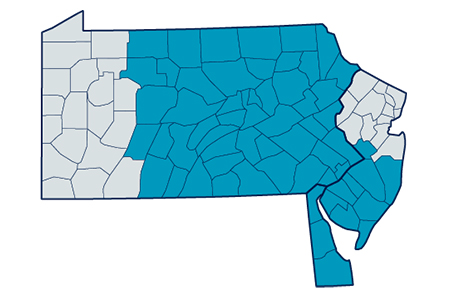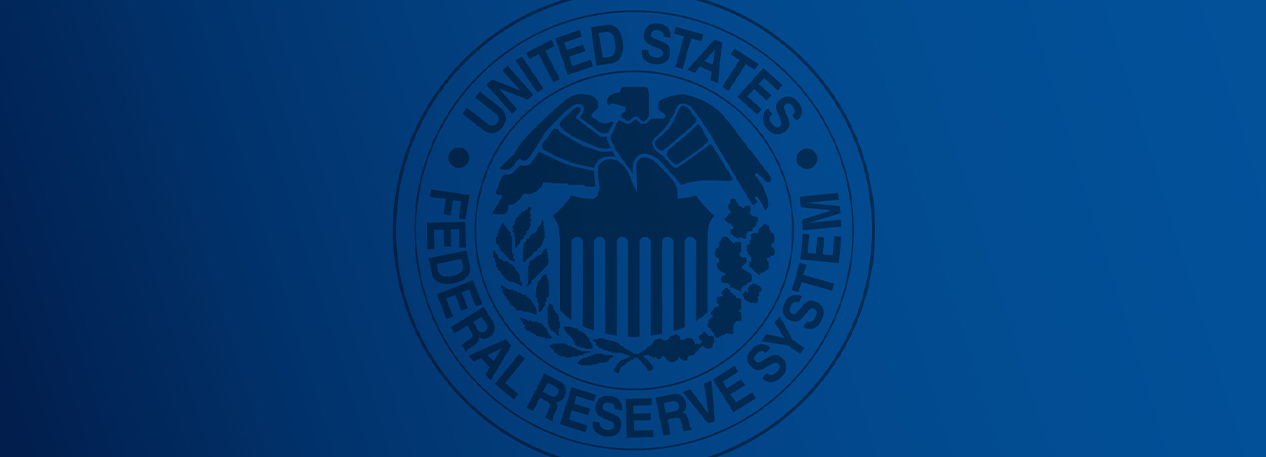The Federal Reserve Bank of Philadelphia represents the Third District, encompassing Delaware, southern New Jersey, and eastern and central Pennsylvania.
Although supervised by the Federal Reserve Board, the Reserve Banks operate independently in many respects. The Reserve Banks carry out several core Fed functions, such as:

- supervising and examining banks and other financial institutions;
- enforcing compliance with federal consumer protection and fair lending laws while promoting local community development; and
- lending to depository institutions to ensure liquidity in the financial system.
They also play a key role in another primary Fed function: fostering the safety and efficiency of our nation's payment systems, including
- distributing currency and coins to banks, operating electronic payment systems, and clearing our checks; and
- acting as the “government’s bank” by providing services such as maintaining the Treasury Department’s transaction account and issuing and redeeming U.S. government securities.
The Reserve Banks provide a wealth of information and data on conditions across the nation — information that is vital to formulating a national monetary policy that helps maintain a healthy U.S. economy and stable financial system. They also conduct independent research on the economy.

Led by their Presidents, Reserve Banks listen to the perspectives of the people in their Districts, including business and community leaders and banking and financial professionals, to better understand local economic and financial conditions. Each Reserve Bank brings its region's distinct perspective to the Board of Governors, so the economic experiences of all Americans are represented in the formation of monetary policy.
